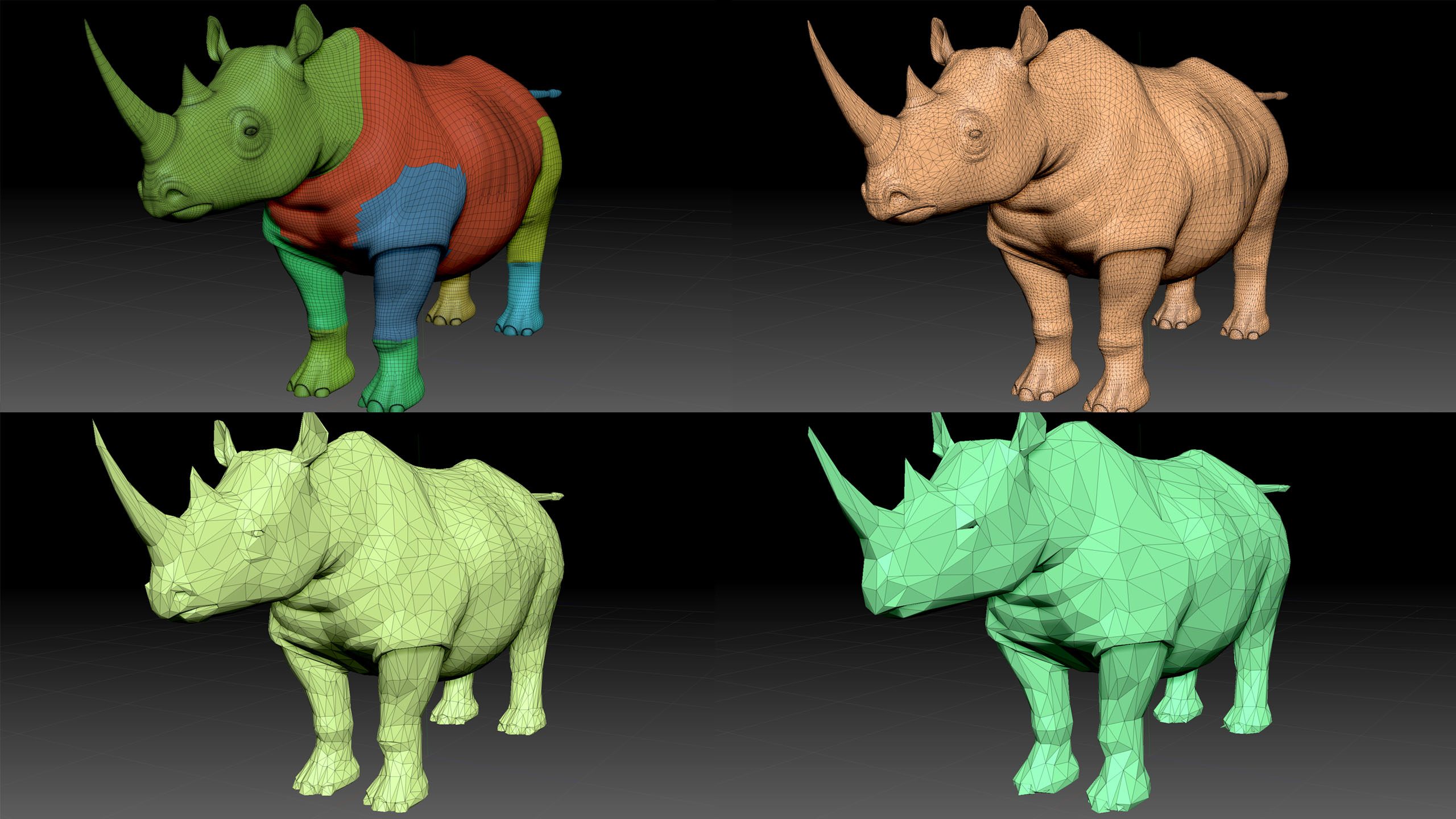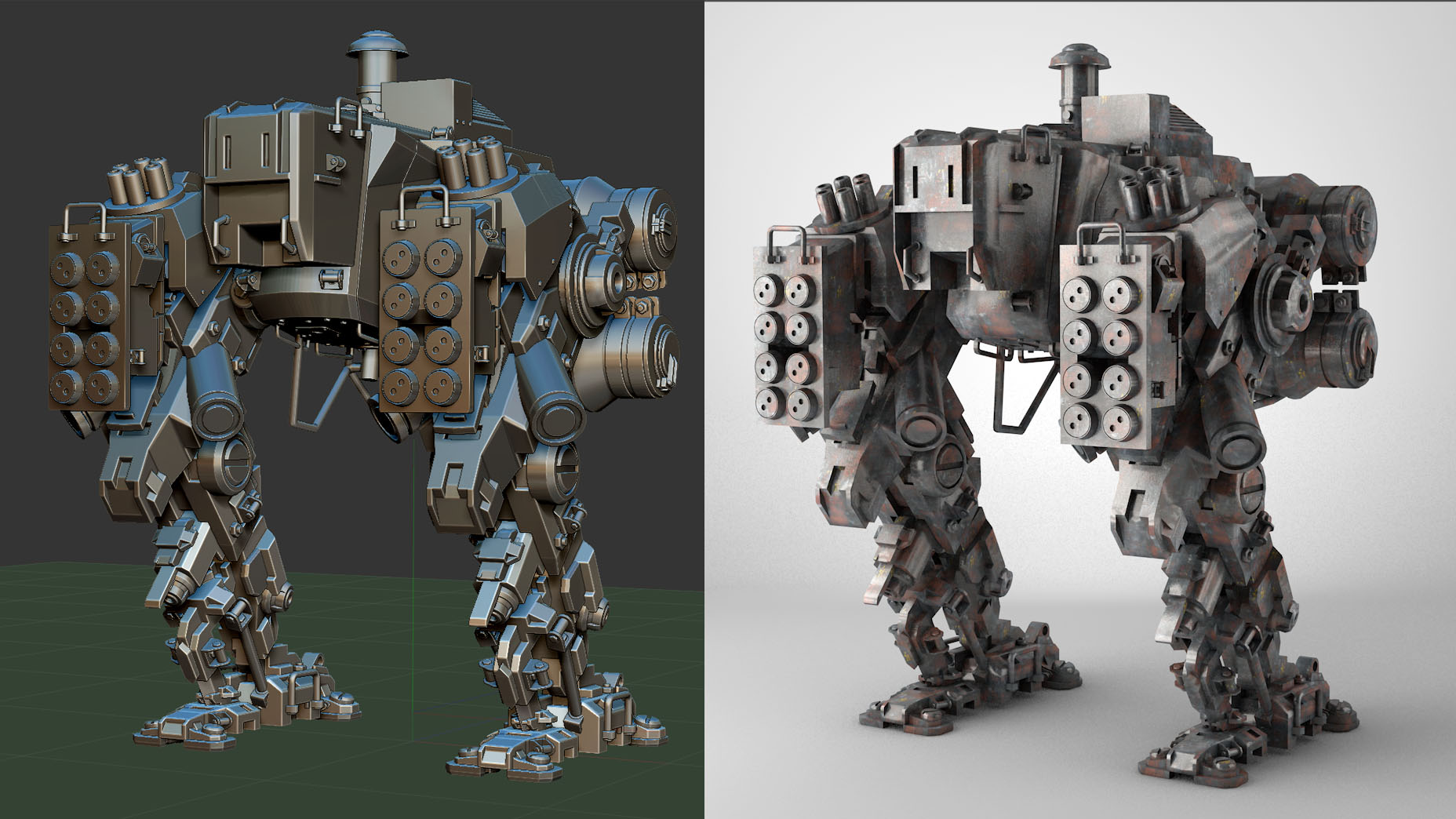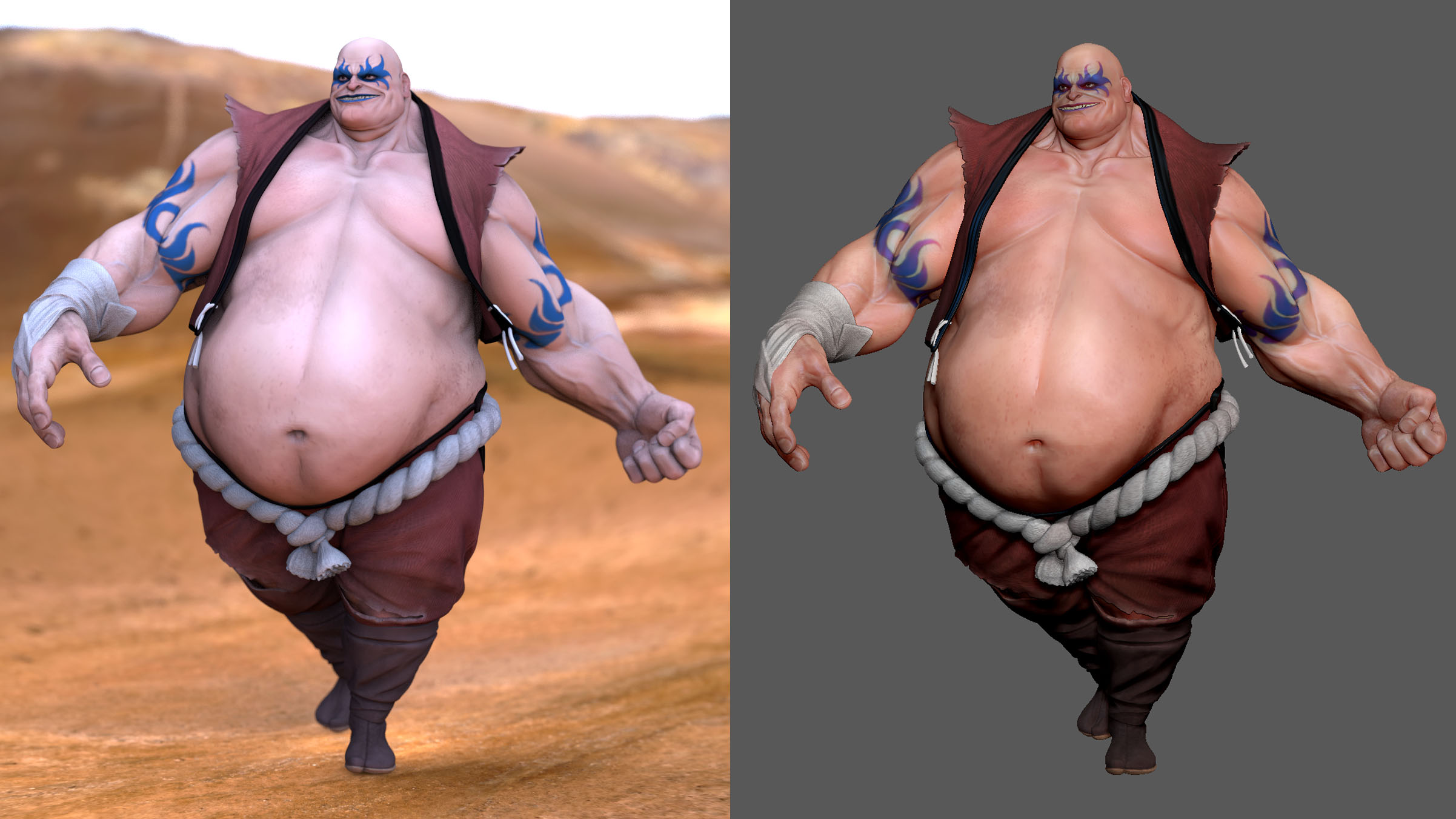The 10 best ZBrush plugins
ZBrush is a mighty app – but there lots of plugins that make it even more powerful…
Pixologic’s industry-standard sculpting app has a pretty substantial toolset right out of the box. But there are always ways of adding functionality to an app or improving workflow, and ZBrush is no different.
Here we’ve rounded up what we consider to be the most useful plugins for extending the app, including some of the ZPlugins provided by Pixologic as part of the installation that new users may not be familiar with.
01. UV Master

Cost: Free, installed with ZBrush
To start with lets look at some of the key ZPlugins bundled with the app. There are several worthy of note, but one of the most useful has to be UV Master. Creating UV maps can be a chore, even if you’re familiar with the workflow, and a total mystery if you’re new to CG.
Fortunately, UVMaster takes the drudgework out of it by providing a pretty solid one-click solution, but also allowing you to mark where you’d like your UV seams to sit. Even if you never sculpt with ZBrush, UVMaster is a great tool for rapidly making UV maps for importing into apps for texturing, such as Substance Painter.
02. Decimation Master

Cost: Free, installed with ZBrush
Another useful built-in tool is this ZPlugin for reducing the poly count of your high-resolution models. You simply preprocess a mesh or collection of SubTools, define the required point/poly-count or percentage reduction, and hit the Decimate button.
Get the Creative Bloq Newsletter
Daily design news, reviews, how-tos and more, as picked by the editors.
The form and detail of your model is retained, but the number of polygons is drastically reduced, which is handy for getting your ultra-high-res ZBrush sculpts ready for rendering, import into game engines, 3D printing and so on. You can mask areas to retain definition and keep your UVs, but the only slight downside is that the mesh becomes triangulated – if you need quads you’ll have to retopologise by hand or use the ZRemesher tool.
03. GoZ

Cost: Free, installed with ZBrush
GoZ was introduced several years ago and fundamentally changed the way ZBrush interoperates with other apps. When you initialise GoZ it automatically detects other DCC apps you have and installs the relevant plugin. GoZ then acts as conduit between the two, enabling you to send a mesh back and forth between ZBrush and the app you’re using, which includes Maya, Modo, 3ds max, Cinema 4D and Photoshop.
So, for example, you can build a polygonal mesh as normal, send it to ZBrush – to add some fine detailing, create UVs, normal and displacement maps etc. – then send it back to your host app. And, of course you can always start sculpting in ZBrush and GoZ your model for texturing and rendering, which leads us to…
04. ZBrush to KeyShot Bridge

Cost: $149
A key release in 2015 was ZBrush 4 R7 plus KeyShot bridge, a live link between ZBrush and the CPU-based realtime renderer KeyShot. It works with any standalone version of KeyShot, but is also available with cut-down versions called KeyShot for ZBrush, which will only import models from Pixologic’s app. Hit the BPR render button and your mesh, including all SubTools, Polypaint information and MatCaps are sent to KeyShot where you can then add preset materials, lighting setups and HDRIs to produce high resolution imagery.
The Pro version of KeyShot for ZBrush adds high-end functions such as render passes, additional presets, animation, an HDRI editor and more. The bridge alone costs $149, while the HD and Pro versions of KeyShot for ZBrush cost $200 and $400 respectively.
05. ZTree
Cost: Free
As you’d expect from the title, this neat plugin by Ignacio Cabrera Peña helps you build tree structures and then flesh them out with branches and leaves. You can start with either a simple ZSphere chain or use one of the deciduous or coniferous tree presets provided. ZTree will then automatically extend specified branches with ZSpheres and add secondary branches according to the rules laid out in the menu panel.
It provides a shortcut for trimming branches and also will automatically add PolyGroups for texturing and editing later on. With an adaptive skin applied you can then sculpt areas of detail before adding the preset FiberMesh branches and leaves. ZTree includes an L-System, enabling you to apply rules to your branch generation and to build smaller bushes or more geometric, abstract forms.
06. Terrain Tools
Cost: $2.50
This brand new plugin – also by from Ignacio Cabrera Peña (currently only available for Windows ) – offers a set of tools for creating realistic terrain. It operates within ZBrush’s 2.5D workspace, with brushes to add hills and valleys, terraces and rivers, plus filters to carve different types of erosion into the landscape.
Once the 2.5D terrain image is completed to your liking, the ‘Make 3D’ button grabs the height map and generates a displaced plane, which you can then sculpt as normal or export into another app for texturing and rendering.
07. NicksTools ZBrush plugin
Cost: Free
Artist Nick Miller has put together this collection of tools and scripts to automate some of ZBrush’s workflow and add a few new features. The collection contains ten tools, plus nine miscellaneous scripts, all accessed from one menu panel.
The main highlights include tools to help you load and save specific projects and ZTools to and from a user-defined ZStartup directory; a SubTool batch-renaming scheme; options for setting SubTool visibility; and a clever system for adding subdivision levels to a high-res model that doesn’t have any. With other tools for handling brush settings, masking, global subdivision and more, this pack is well worth installing.
08. NanoTile Textures
Cost: Free
Created by Pixologic’s Creative Development Manager and digital sculptor Joseph Drust, NanoTile Textures enables you to create seamlessly tiling textures up to 8K resolution. You start by using ZBrush’s Insert Mesh Object and NanoMesh Brush to sculpt a repeating pattern and then Nanotile Textures will render out a variety of tileable passes – Normal, AO, Color, Height, Bump etc – which you can then use to texture and displace a model within ZBrush or in your main 3D app.
09. ZSceneManager – Exoside
Cost: Free/$29
If you’re sculpting huge models with loads of separate elements, it doesn’t take long for ZBrush’s meagre SubTools menu to be become overloaded, which makes keeping track of everything a real chore. Cue ZSceneManager – available in a feature-limited free version and a ‘Pro’ version for $29. In short, it provides a dedicated window in which you can see all your SubTools, hide/show selected elements, enable/disable Polypaint, access subdivision levels, and loads more.
There’s a bunch of options accessible via a right-click menu, although export/GoZ selected SubTools and user-definable commands are limited to the Pro version. It also employs a traditional shift-multiple-select system, unlike the willfully eccentric SubTools menu. ZSceneManager runs as a separate app so the window has to hover over the top of ZBrush, but there’s a ton of useful functionality here for power users.
10. ZScripts – Eric Blondin
Cost: Free
Here’s another collection of useful scripts, this time from creature artist Eric Blondin. There are 36 functions available from the one menu panel, covering a variety of useful shortcuts and helpers.
It includes things like framing selected SubTools, automatically going to a mesh’s lowest or highest subdivision level, toggling dynamic subdivision, automatic flipping of .obj UVs, automatic creation of colour ID maps and bump maps, and a ton of other little things that bug the day-to-day ZBrush user. And while you’re on Eric’s site you may as well pick up his favourite brushes and MatCaps while you’re there!

Thank you for reading 5 articles this month* Join now for unlimited access
Enjoy your first month for just £1 / $1 / €1
*Read 5 free articles per month without a subscription

Join now for unlimited access
Try first month for just £1 / $1 / €1

Steve has been interested in CG for many years. He was a regular contributor to 3D World and edited the magazine for two years, and has worked for other magazines including Edge, T3, Official UK PlayStation magazine, Laptop magazine and Windows Visa: The Official Magazine. For Creative Bloq, he mainly contributes tutorials and reviews creative kit.
